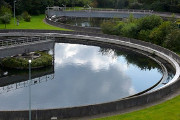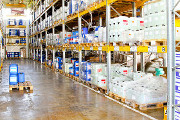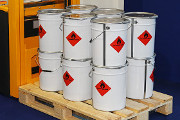What should I use to clean the outside of my house?
Keep Kleen can be used to clean the outside of a house as a surfactant or detergent. Keep Kleen will also remove mould, moss and mildew from outdoor surfaces and prevent it from returning (for approx 6 months).
Keep Kleen can be used on most outdoor surfaces including concrete, asphalt, iron, aluminium, astro turf, painted wood, stucco, tiles, brick, paving stones, fabric, and many other surfaces.
Directions:
CLEAN UP – 20:1. Dilute concentrated product 20 parts water to 1 part Keep Kleen.
MAINTENANCE – 40:1. Dilute concentrated product 40 parts water to 1 part Keep Kleen.
- Wet the dry surface with diluted mixture.
- Just spray, walk away and forget.
- Application rate of approximately 1.5 litres of diluted product per 10 m2.
- Repeat process every 6 months for the ultimate home maintenance solution.
- For best results apply Keep Kleen at least 12 – 24 hours before it rains.
Coverage:
5L: At 20 to 1 Covers approx. 670m2, makes up 100L
At 40 to 1 Covers approx. 1340m2, makes up 200L
20L: At 20 to 1 Covers approx. 2680m2, makes up 400L
At 40 to 1 Covers approx. 5360m2, makes up 800L
Recommendations, suggestions or statements made are intended for the assistance of our customers. They are based upon our experience and judgement but must not be regarded as amounting to a legal warranty or as involving any liability on our part and must be read in conjunction with and subject to our conditions of sale.







